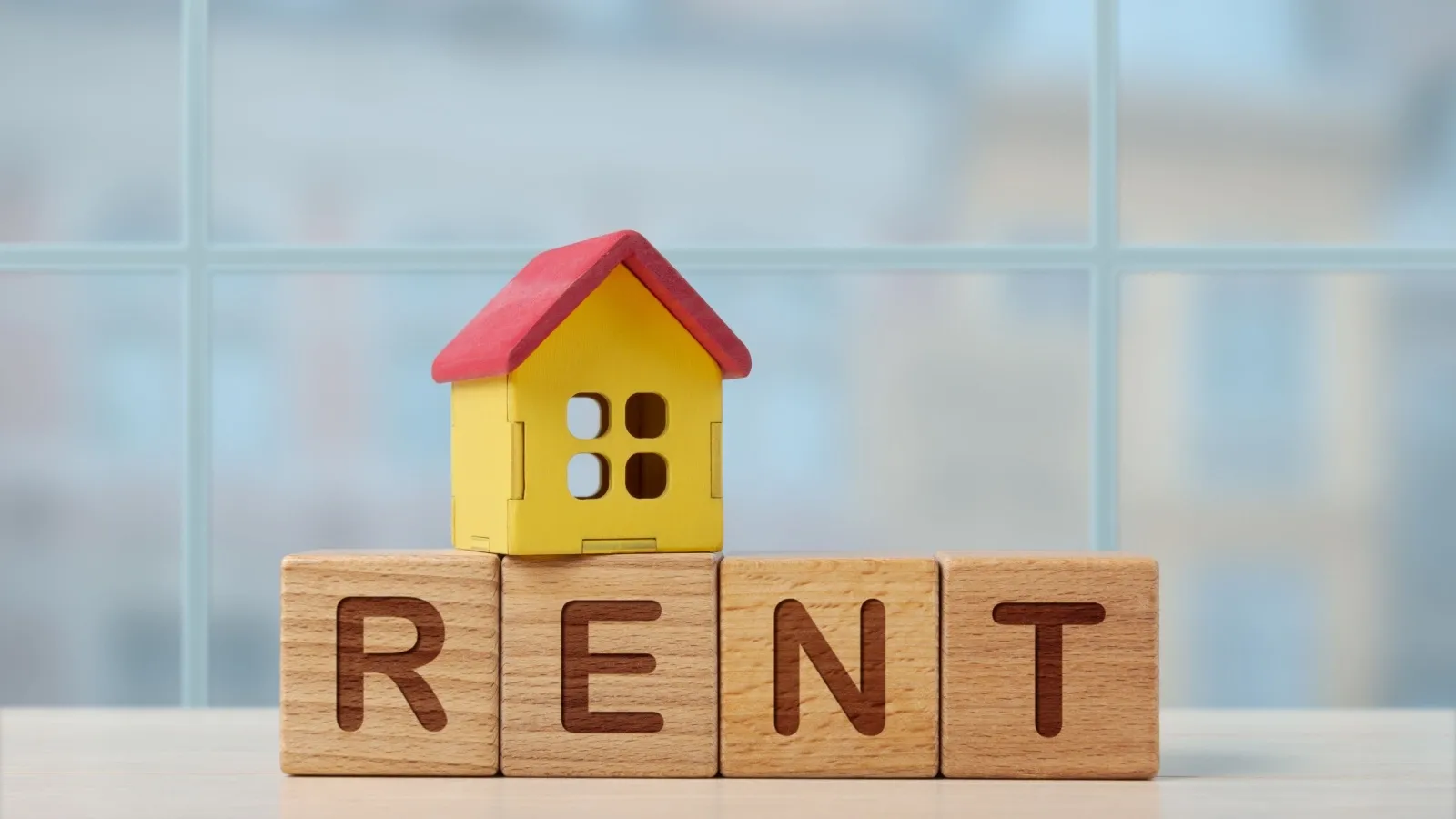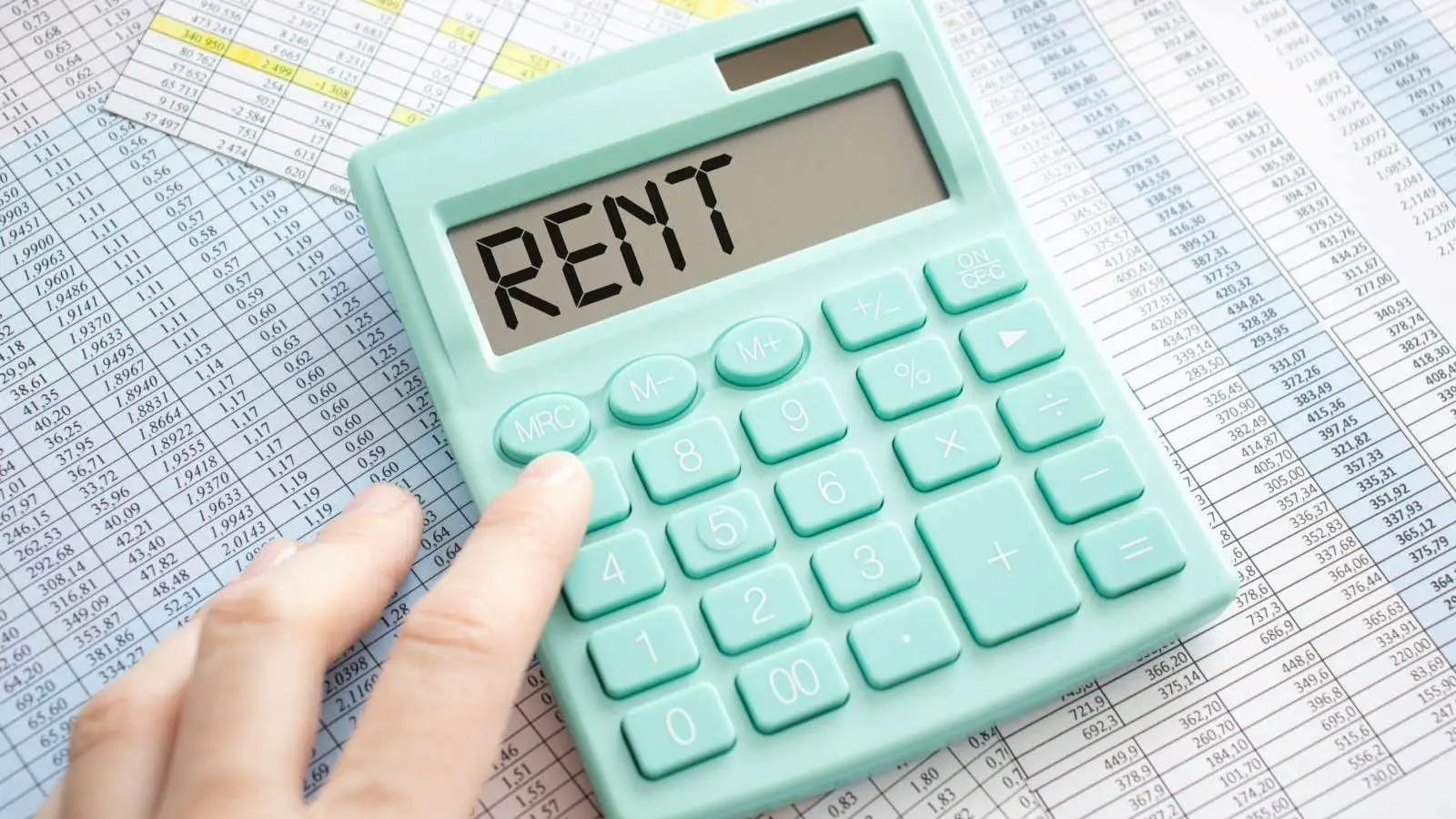Personal Finance News
Rental income up to ₹17 lakh can be tax-free in New Tax Regime: Here's a practical guide for FY 2025-26

6 min read | Updated on May 18, 2025, 13:36 IST
SUMMARY
As per the CBDT chief, 95-97% of taxpayers are estimated to move to the new regime in FY 2025-26. The new regime removes certain deductions. However, it offers a benefit: Individuals with no other income can receive up to ₹17.14 lakh in rent tax-free.

If you are dependent only on rental income, you can pay zero tax up to ₹17 lakh. | Image source: Shutterstock
There are key deductions not available in the new tax regime which are available in the old regime, such as principal repayment of loans and stamp duty under Section 80C and interest on loans for self-occupied property.
With the new regime effectively exempting people from paying taxes on income up to ₹12 lakhs (excluding those taxed as per normal rates), these deductions won’t be available to those who opt for the new regime.
However, there are still some key deductions available and the new regime effectively exempts those who make only rental income of up to ₹17.14 lakhs a year from paying any income tax.
Let’s explore how you can leverage these benefits effectively to make the most of your real estate income.
What is income from house property (IFHP)?
A house property may include a residential home, office, shop, building, or even land appurtenant to the building, such as a parking space. Under the Income Tax Act, no distinction is made between commercial and residential properties for taxation purposes. All such properties are taxed under the head Income from House Property (IFHP) in the income tax return unless the taxpayer is using such property for his/her business needs.
For the purpose of taxation, house properties are classified into three categories:
-
Let-Out Property: A property that is rented out to tenants during the financial year. The actual rental income is considered for taxation.
-
Self-Occupied Property (SOP): A property that is used by the owner for personal residential purposes. Up to two properties can be treated as self-occupied, with no notional income taxed.
-
Deemed Let-Out Property: Any additional property (beyond the two self-occupied ones) is treated as if it were let out, even if it is vacant. A notional rent is computed and taxed accordingly.
How is income from house property calculated?
The calculation follows a structured formula:
| S.No. | Particulars |
|---|---|
| A | Gross Annual Value* |
| B | Less: Municipal Taxes& |
| C=A-B | Net Annual Value (NAV) |
| D=30* of C | Less: Standard Deduction |
| E | Less: Interest on Loan^ |
| F=C-D-E | Income from House Property |
Note: Any loss arising under the head IFHP can not be set off against any other head of income in the new regime.
& Municipal Taxes are allowed as a deduction only if paid during the financial year.
*Higher of expected rent or actual rent received.
^Subject to limits mentioned under Section 24(b) for self-occupied properties.
Key deductions available under the New Regime
Since a 30% standard deduction is available on rental income under Section 24(a), it effectively means that only 70% of the rent is taxable. Therefore, ₹17.14 lakh of gross rent can be received with a taxable income of only ₹12 lakh after the standard deduction
| Particulars | Amount in ₹ |
|---|---|
| Computation of Income | |
| Net annual value (NAV) | 17,14,000 |
| Less: Deduction u/s 24(a)* | 5,14,000 |
| Less: Interest deduction under section 24(b) | NA |
| Income under the head of house property | 12,00,000 |
| Computation of Tax Liability | |
| Tax as per slab rates | 60,000 |
| Less: Rebate under section 87A | (60,000) |
| Tax Liability | - |
Note: It is assumed that the taxpayer doesn’t have income under any other head
*This deduction is available in case of let-out and deemed let-out properties (not for self-occupied properties where NAV is Nil).
Interest on a housing loan
Entire interest amount paid on a home loan is deductible when computing income/loss under the head "House Property".
However, the deduction set off against other heads of income (like salary or business income) is not allowed.
Under the new tax regime, interest on let-out property is allowed as a deduction from within the limit of rent received; however, the set-off of loss under the head income from house property against any other income is not allowed.
Deductions available under the Old Regime apart from standard deduction of 30%
Stamp duty, registration fees, and other expenses directly related to the transfer of property are also eligible for deduction under Section 80C, subject to the same ₹1.5 lakh limit.
A loss under the house property head (due to interest deduction) can be set off against other heads of income, up to ₹2 lakh per year.
The government used to introduce additional deductions, such as section 80EE and section 80EEA, which provide additional tax breaks on interest on home loans to first-time home buyers and to those buying affordable housing loans on interest paid on specified amounts, respectively, that were sanctioned between specified periods.
Tax benefits on home loans for joint owners
When a home loan is taken jointly for a self-occupied property, each co-owner who is also a co-borrower can individually claim tax benefits, provided specific conditions are met.
Typically, double-income couples used to purchase properties earlier in a joint name, as it used to act as a tax-saving tool by availing aforementioned deductions in the old regime, effectively reducing their interest on loan costs.
However, with the new regime no longer offering such benefits, one will have to evaluate between the two regimes from FY26 onwards.
While the new regime takes away a lot of tax breaks on housing loans and purchases, it does come up with significant benefits for those having only rental income of up to ₹17.14 lakh.
The tax benefit under the old regime hasn’t gone. If the taxpayer still finds more benefit under the old regime, they can still opt for it over the new regime. However, those making above ₹12 lakh will need to have deductions of ₹5 lakh to ₹8 lakh in the old regime to break even over the new regime at various income levels.
Related News
By signing up you agree to Upstox’s Terms & Conditions
About The Author
Next Story




